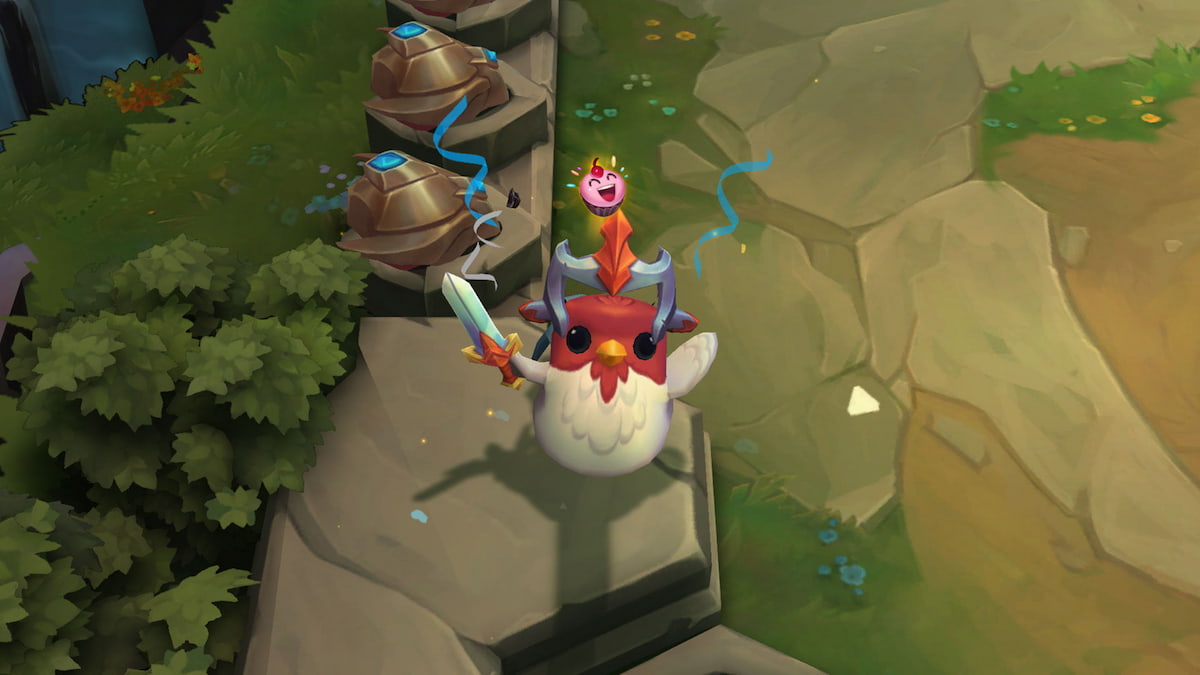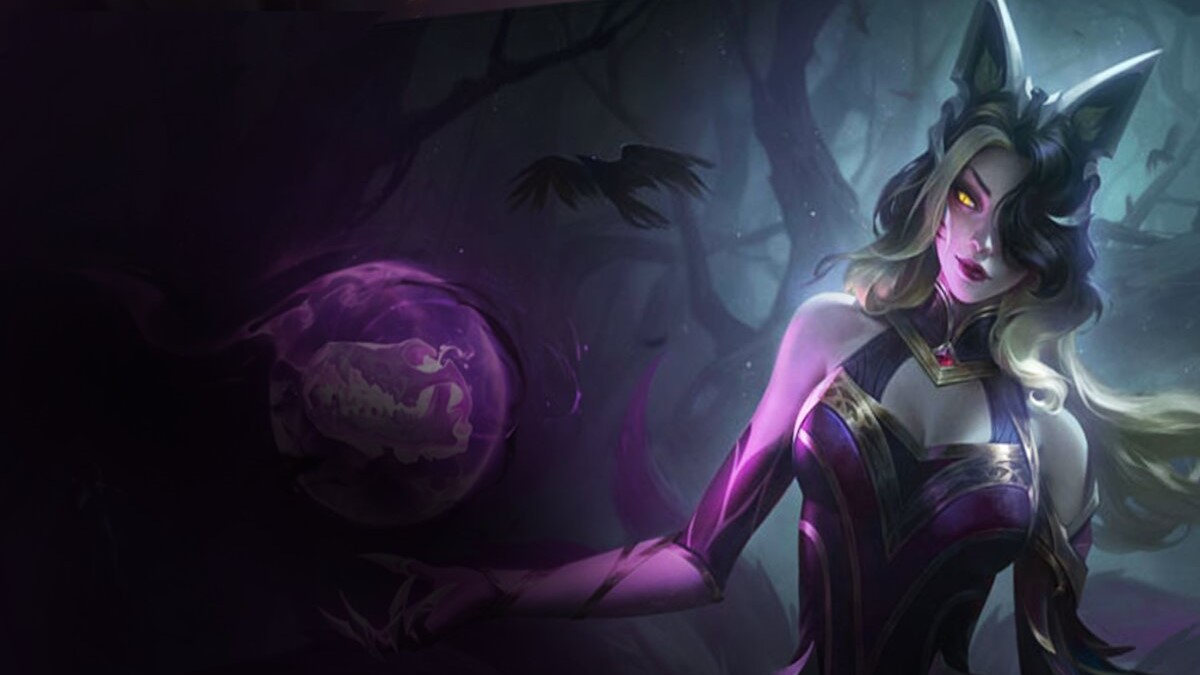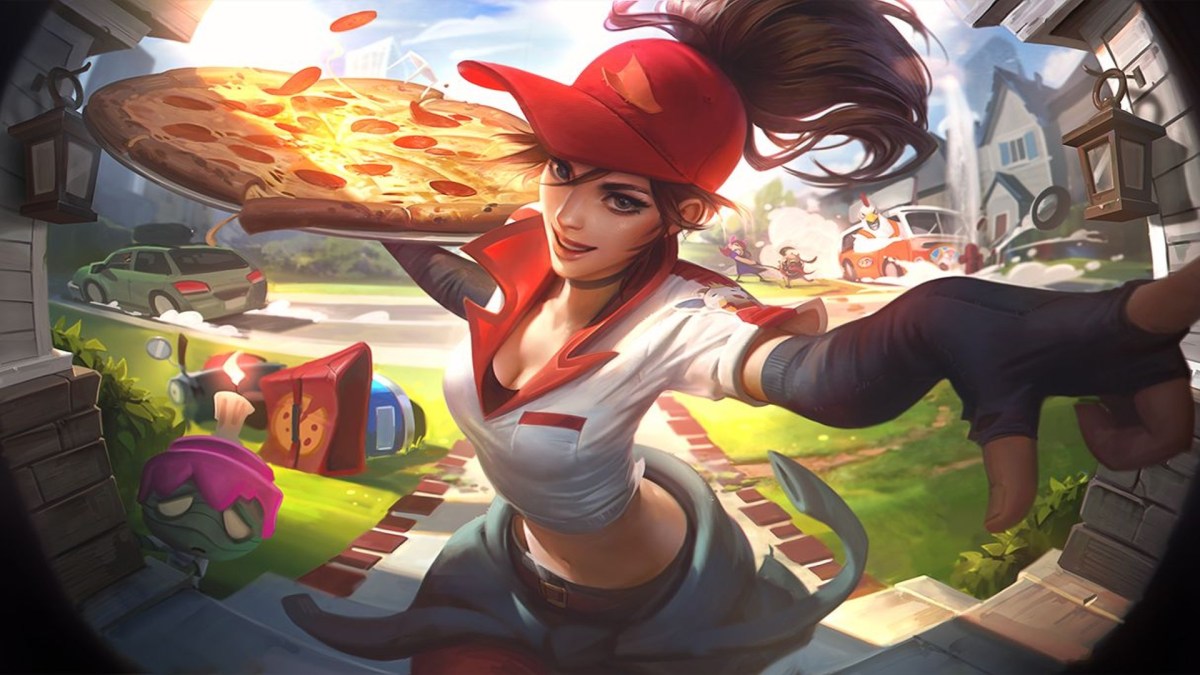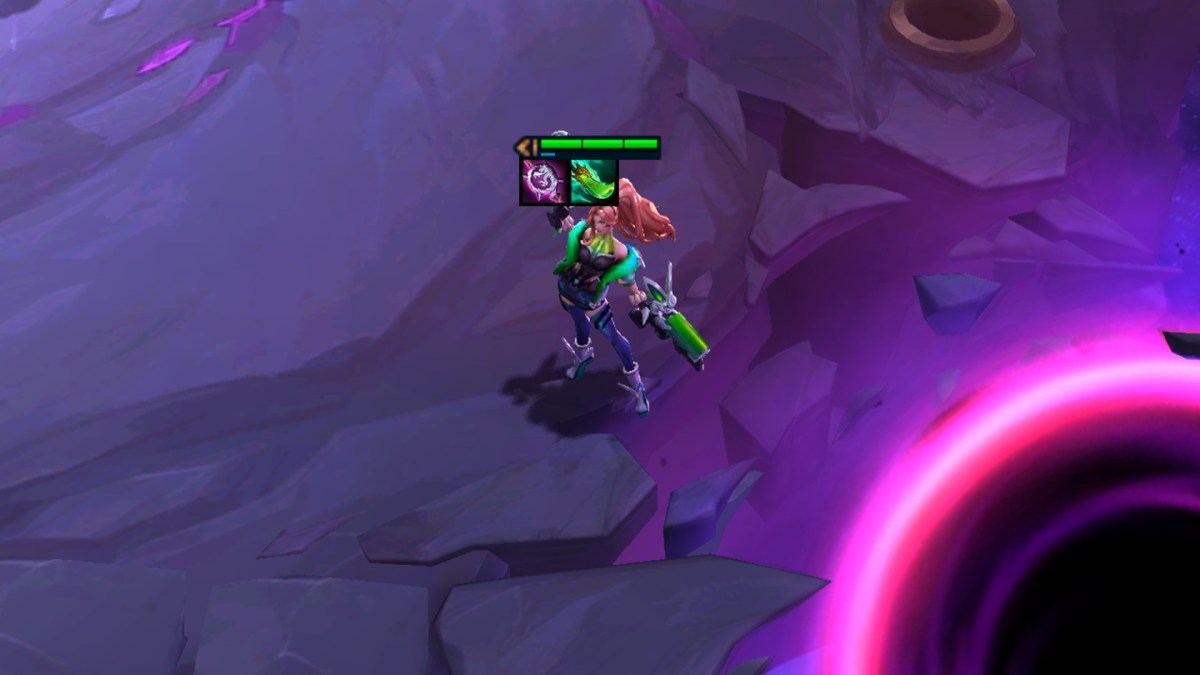Update: An earlier version of this story incorrectly stated the TFT design team began working on Set 5 during the start of the COVID-19 pandemic.
Around 11 p.m. one night during the development of Teamfight Tactics: Reckoning, Stephen “Mortdog” Mortimer and Matthew Wittrock were looking through every skin in League of Legends so they could round out the set’s cast. The designers needed a melee champion with a skin that matched the powerful aesthetic of the Dragonslayer origin to replace Xin Zhao.
Mordekaiser sat right there as a potential option, but his Dragon Knight skin didn’t quite fit with the other champions. That’s when they looked at Infernal Mordekaiser. The skin had nothing to do with slaying dragons, but it gelled all the same. Finding that replacement took a bit of extra work, but Mort, the lead designer for TFT, said it gave Reckoning a memorable character. That’s why he said it was his favorite moment of developing TFT Set 5.
Solving the puzzle of developing a TFT set might not be as flashy as playing a fully optimized team composition in the game, but building both requires a constant stream of optimization from beginning to end.
A game of inches
TFT turned two years old on June 25, and product lead TJ Bourus said the team has grown in both size and ability. Not only have they done more with each successive set since launching the auto-battler, but he said they’ve gotten better with each one. The team’s work was enough to convince them to stick with sets in the first place, and committing only helped them hone the development process.
“When TFT first came out, we weren’t 100% sure that the set model was actually what they were going to do, so they didn’t plan to have this team and these sets of processes to make sets continually,” Bourus said. “So with [sets] three and four, we had a lot of pain points there, but we continued to improve it.”
According to Mort, the development process for a set of TFT now starts with a theme ideation phase, where any member of the team can pitch an overall theme. The pain points Bourus mentioned during Sets 3 and 4 meant those sets only received three and two ideas to work off of, respectively. However, after improving their process, the team came together to pitch 20 to 30 ideas for Set 5, with 10 seriously considered as options.

Theme ideas are also constrained somewhat by the kinds of skins available, though Mort said the TFT team has years worth of variants before they have to worry about using up all their options. And at the same time, ideas must also now consider previous themes, since the game has a good number under its belt.
Narrowing down the list is difficult, Mort and Bourus said, as not everyone agrees on what would make a good theme. One idea that came up for TFT Set 5 was Foodfight Tactics, which would use the Culinary Masters skin line to play off the pun in the name.
Bourus said he loved the idea. Mort said he wasn’t a fan, mostly because the concept would stop being funny about a week into the set’s months long lifecycle.
“TFT is always supposed to be a light hearted game and I get that,” Mort said. “But this feels like it crosses the line from light hearted to a joke.”
Once the frontrunners emerge, Bourus said the team surveys a small number of players to get their feedback and decide from there. And after that, the set designer heads off with a small team to create a paper draft that contains everything from champions, to spells to traits. To do so, they group the champions by skin, decide on origins and then figure out whether there’s any crossover.
For example, in TFT: Galaxies, Mort said the team really wanted to use Gun Goddess Miss Fortune — but that meant no Star Guardian Miss Fortune. As a result, Star Guardians lacked a physical damage dealer, which made turning it into a class of casters an easy decision. Once that’s done, the team has to decide on the high and low cost units as well as what spells they’ll use, which is when other conflicts arise.
“As you do that, with each trait, you might be like ‘holy crap, I’ve got eight casters in one cost. That’s not right,’” Mort said. “So you go back and start iterating from there. We always describe it as a puzzle, where it’s like you’re trying to make it all perfect and fit.”







